San juan history: San Juan, Puerto Rico
Five Centuries of History in Old San Juan
Built by the Spaniards, this historical gem is the oldest city in the United States and its territories – and it still holds the magic and charm of yesteryear.
For 500 years, the so-called walled city of Old San Juan has been enchanting its visitors with impressive fortifications, towering walls, open plazas, hidden patios, and cobblestone streets that will make you feel as if you’ve traveled back in time. Still, the city never looked so passionate, bold, and enticing! Come explore Old San Juan’s five centuries of history, one landmark at a time.
View of the Puerta de San Juan, the original entrance to the walled city when it was built in the 16th century.
A Walled City is Born
Pop quiz time!
Did you know that San Juan and Puerto Rico’s names switched? The islet that is now called San Juan was first named Puerto Rico, and San Juan Bautista was the name given by the Spanish conquistador Christopher Columbus to the entire Island in 1493. Before his arrival, the native Taínos called their home Borikén.
Before his arrival, the native Taínos called their home Borikén.
A few years later, in 1508, Juan Ponce de León arrived on the Island. You may know him for his continued search for the fountain of youth, but he became the first Spanish governor of Puerto Rico. In 1514, he founded Villa Caparra in Guaynabo as Puerto Rico’s first capital, about seven miles from the islet. Historical documents captured the concerns regarding the dangerousness of traveling between the town and the islet (where the port was located), the lack of adequate ventilation, and the poor health conditions of the residents of Caparra. However, Ponce de León insisted on staying for reasons related to agriculture.
The Paseo de la Princesa, a pedestrian walkway that winds along the original city walls of Old San Juan.
Building a New Capital
Eventually, the inhabitants insisted on moving the capital to the islet, complaining that the settlement was too far from the dock where the ships from Spain arrived. It was not until 1521 that the Spanish Crown authorized the settlement to move. The ruins of that settlement remain today.
It was not until 1521 that the Spanish Crown authorized the settlement to move. The ruins of that settlement remain today.
But moving a town is no small task! First, the Spaniards had to build a road from Caparra to the islet and identify the right place to establish the church and the town hall. That “ideal place” was where the Puerta de San Juan remains today, a significant landmark given it was literally the main entrance to the new city, with the pier on one side and a well on the other.
That door, the only remaining entrance from the colonial era, was the main gate of kings and dignitaries into what became la ciudad amurallada or “the walled city.” The door leads to El Paseo de la Princesa (the Princess Promenade), a pedestrian pathway just outside the walls. You can find artisans and street vendors gathering there during the weekends to greet people visiting the San Juan National Historic Site.
LEARN MORE ABOUT THE HISTORY OF PUERTO RICO
Take in sweeping views of the old city from atop Castillo San Cristóbal.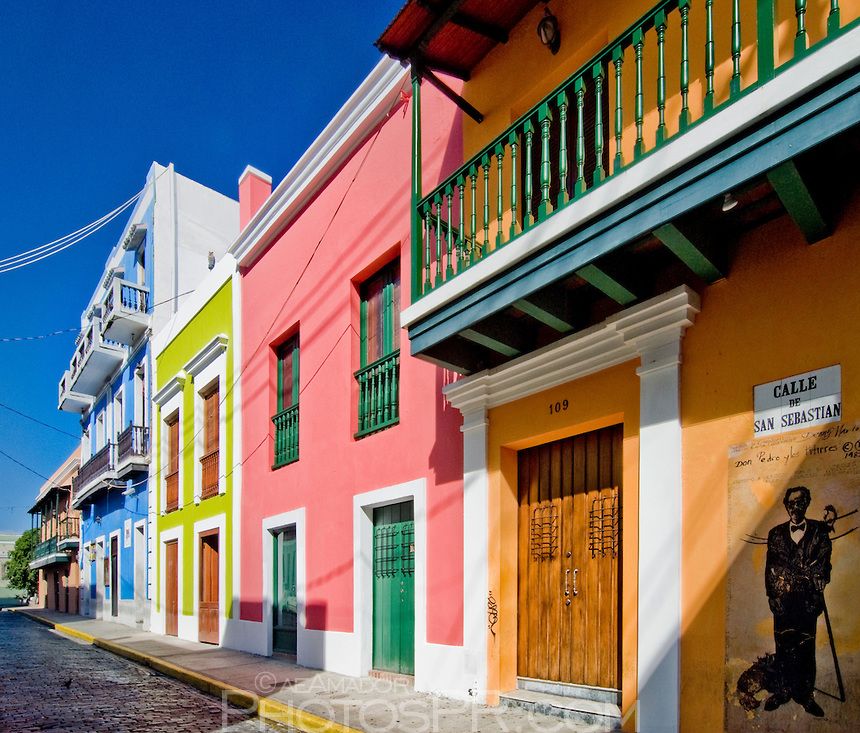
Fun Facts About Old San Juan
- Built in 1532, the San José Church is one of the oldest in America. It recently reopened to the public after being closed for nearly 20 years for restorations. One of the church’s chapels has the governors’ crypt, where the remains of several governors rest.
- El Morro was built in 1539 to defend the city from attacks by sea. It has six floors and is higher than the Castillo San Cristóbal, built to prevent attacks by land.
- The architecture of Old San Juan was made in grids and allowed cross-ventilation between its buildings and squares. When you walk through the streets, always look for shade!
- The oldest spiral staircase in Puerto Rico and America built in mortar in the 16th century is at the back of the San Juan Bautista Cathedral. It has 88 steps and leads to the church bell tower. Access is not open to the public.
- 16th-century houses were single-story, had one or two doors, and had inner gardens.
 The second floors and balconies were built from the 17th century onwards.
The second floors and balconies were built from the 17th century onwards. - Calle del Cristo is the oldest street in Old San Juan and has the largest number of religious buildings.
- The Casa Blanca Museum is the oldest sample of Spanish architecture in the United States and Puerto Rico. It has 14 rooms and original furniture from the 16th and 17th centuries.
- The material used to build structures in the 16th century, including forts, is called mortar and consists of limestone, sea sand, and brick.
Old San Juan officially turned 500 years old in 2022! Check out this video created for the walled city’s anniversary celebration, and learn more about the history of the oldest city in the United States.
Explore San Juan
· Explore San Juan
· Explore San Juan
·
Discover the stories behind the walls of Old San Juan.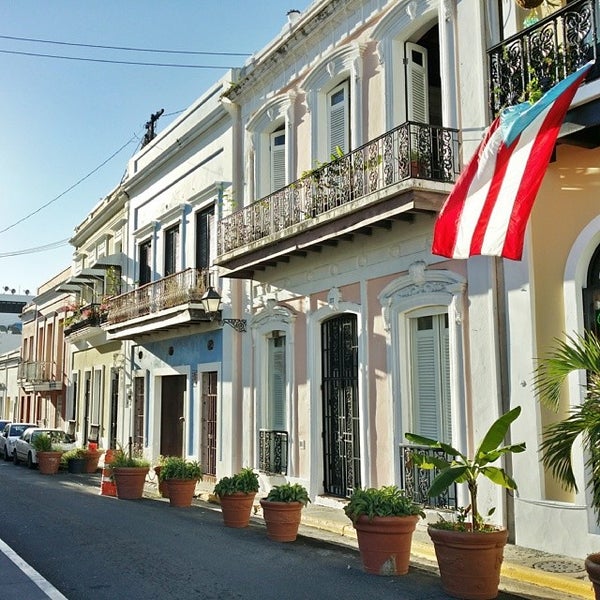
Five Days of History and Culture in Puerto Rico
There is so much more than just the beach.
The historic lighthouse tower at El Morro
Landmarks Not to Miss When You Visit Old San Juan
A list of iconic places that you should not miss while visiting this remarkable city
San Juan blends elements of the Old World with all the amenities of modern urban life.
Things to Do in San Juan
Explore the treasures of this colonial-yet-cosmopolitan city.
El Morro fort in Old San Juan.
Exploring Castillo San Felipe del Morro in Old San Juan
Castillo San Felipe del Morro marks Puerto Rico’s legacy within the Caribbean.
If you’re looking to do some shopping, Old San Juan features a mix of classic cruise port stops and traditional souvenir shops.
A Few Hours in Old San Juan: What to Do When You Get Off a Cruise
How to make the most out of your time in Old San Juan, even if you just have a few hours.
Couples enjoy the warm Puerto Rican day in a park.
The First-Timers Guide to LGBTQ San Juan
You never forget your first time. And San Juan will make it special!
Aerial view of La Perla neighborhood in Old San Juan.
Visiting La Perla Neighborhood in Old San Juan
Explore the Old San Juan neighborhood made famous by “Despacito.”
Amazing view of Condado from Old San Juan.
Exploring the Neighborhood of Condado
Fall in love with Condado, San Juan’s most luxurious district.
Enjoy the contrast of blues at Mist rooftop! (Photo: San Juan Water and Beach Club)
Rooftop Dining and Drinks in San Juan
Enjoy a bite and a cocktail with a view.
View Places Mentioned on a Map
Share this
Tags
History
San Juan/Old San Juan
Recommended Articles
See All Articles
History of Puerto Rico
The historic lighthouse ruins at Punta Borinquen.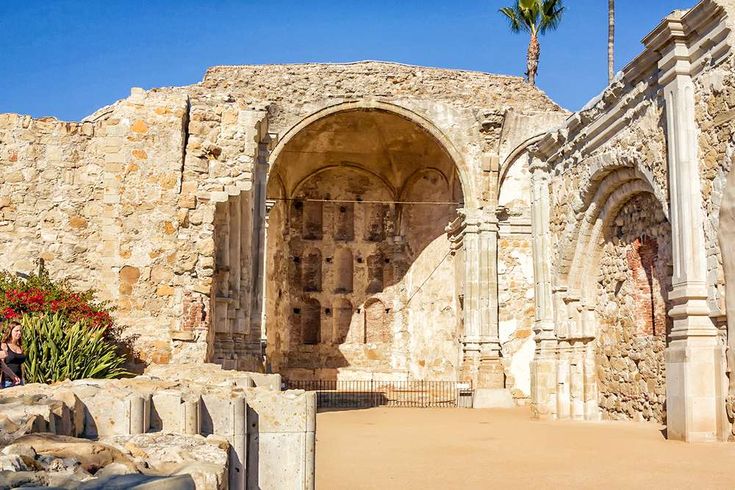
A Brief History of Puerto Rico
Puerto Rico’s vibrancy derives from more than 500 years of rich history and the subsequent blending of different cultures.
This fusion extends to almost every aspect of the Island’s identity. From the interweaving of the Taíno, African, and Spanish traditions emerged the Puerto Rican, a new identity composed of traits from all three groups. You’ll get to explore Spanish colonial architecture and prominent centuries-old buildings, savory dishes and dance moves rooted in African heritage, and lingo that locals still use from the Taínos. Puerto Rico’s identity is the very definition of a well-blended melting pot.
The Island’s cultural identity is something you’ll experience in every sight, taste, and sound during your stay. Read on to learn more about the history of Puerto Rico.
Jump to the directory of Historic Sites
youtube.com/embed/c-6iCyIdtWM?autoplay=0&start=0&rel=0&modestbranding=1&enablejsapi=1″>
Few landmarks represent Puerto Rico’s legacy within the Caribbean and the Americas better than Castillo San Felipe del Morro. Learn the history behind one of Spain’s major military engineering marvels, from colonization to the Second World War.
Parque Ceremonial Indígena de Caguana, an important Taíno ceremony site.
Taíno Beginnings
Puerto Rico’s first inhabitants were the Taínos, a group of indigenous people who lived on the island for hundreds of years before the Spanish arrival. Organized in small clans and villages led by caciques (chiefs), they survived by fishing, hunting, and basic agriculture. The Taínos were governed by Agüeybaná and called the island Borikén (Borinquen) – which means “Land of the Valiant and Noble Lord.”
The arrival of the Spaniards in 1493 marked the beginning of the Taíno extinction. Already at war with the Caribs, another indigenous group migrating to the Antilles, the Taínos began to lose territory, and under Spanish rule, the original Boricuas ceased to exist.
Already at war with the Caribs, another indigenous group migrating to the Antilles, the Taínos began to lose territory, and under Spanish rule, the original Boricuas ceased to exist.
Explore the Taína Route and Indigenous Culture in Puerto Rico
Garitas, or sentry boxes, line the forts of Old San Juan.
European Arrival
Christopher Columbus arrived in Puerto Rico in 1493 during his second voyage to the New World. Initially, Columbus christened the Island San Juan Bautista (St. John the Baptist). The name was soon changed to Puerto Rico, or “rich port,” when the Spaniards realized the impressive amount of gold found in its rivers. When the capital city was established, it took the name of San Juan.
Under Spanish governance, the Island developed an even more sophisticated agriculture system than what the Taínos had founded. Sugar cane, coffee, and tobacco were among the Island’s major exports. Due to the increasing demand for products and the decreasing number of local inhabitants to work the land, Spain brought African slaves to Puerto Rico.
Given its location and richness, Puerto Rico became an important military outpost for Spain and was attacked by the Dutch, French, and English in a series of failed attempts to conquer the Island. Forts and castles like El Morro and San Cristóbal were originally built to protect the strategically significant Island. The impressive citadels were never defeated, and you can still visit them today.
Don’t miss these landmarks in San Juan
El Morro fort in Old San Juan.
Casa Blanca Museum in Old San Juan.
Castillo Serrallés: former home of the Serrallés family, owners of the Don Q distillery.
Caguana Indigenous Ceremonial Park in Utuado.
The courtyard of the Museo de las Américas in the Cuartel de Ballajá.
Cathedral Basilica of Saint John the Baptist, or La Catedral.
The historic Santa María Magdalena de Pazzis Cemetery in Old San Juan.
Brief Puerto Rican Autonomy
In the late 1800s, the desire for independence from the Spanish crown boiled over in Puerto Rico. While the Spanish soldiers quickly suppressed the rebellion in San Juan, outbursts and uprisings erupted throughout the Island, which led the Spanish crown to grant autonomy to the government on the Island. This change opened trade channels with other European colonies and the United States.
While the Spanish soldiers quickly suppressed the rebellion in San Juan, outbursts and uprisings erupted throughout the Island, which led the Spanish crown to grant autonomy to the government on the Island. This change opened trade channels with other European colonies and the United States.
Puerto Rican pride is on full display in Old San Juan.
Becoming a U.S. Territory
The autonomous government granted by Spain didn’t last long. After the Spanish-American War ended in 1898, Puerto Rico and Guam were ceded to the United States as part of the terms of the Treaty of Paris, and Puerto Rico maintains its provincial status to this day.
With Puerto Rico’s colonial state came several changes – mainly in currency, government, and education – with civil rights and political status being decided by U.S Congress, a power it still holds over a century later.
During the first three decades of its rule over Puerto Rico, the U.S. Congress approved a new Puerto Rican Constitution that made the Island an autonomous U. S. commonwealth while the islanders retained full American citizenship.
S. commonwealth while the islanders retained full American citizenship.
Even after becoming a U.S. territory, Puerto Ricans take pride in preserving much of the Island’s indigenous traditions. Many of them can be appreciated in visits to the National Historic Site in San Juan, where you’ll learn more about the history of the discovery of the Island; the Cruceta del Vigía, a giant cross built-in 1983 to recall the checkpoint that sat at the top of a hill in the town of Ponce and was used as a watch post by the Spaniards in 1801; and the Cabo Rojo lighthouse, a beautiful 1882 structure on the southwest of Puerto Rico that overlooks the whole nature reserve.
These are just a few of the many historical sites you’ll discover while traveling around the Island.
Memorable Historic Sites in Puerto Rico
San Juan Bautista in Ecuador – June 24th. The history and features of the holiday in the project Holiday Calendar 2022
Page address: https://www.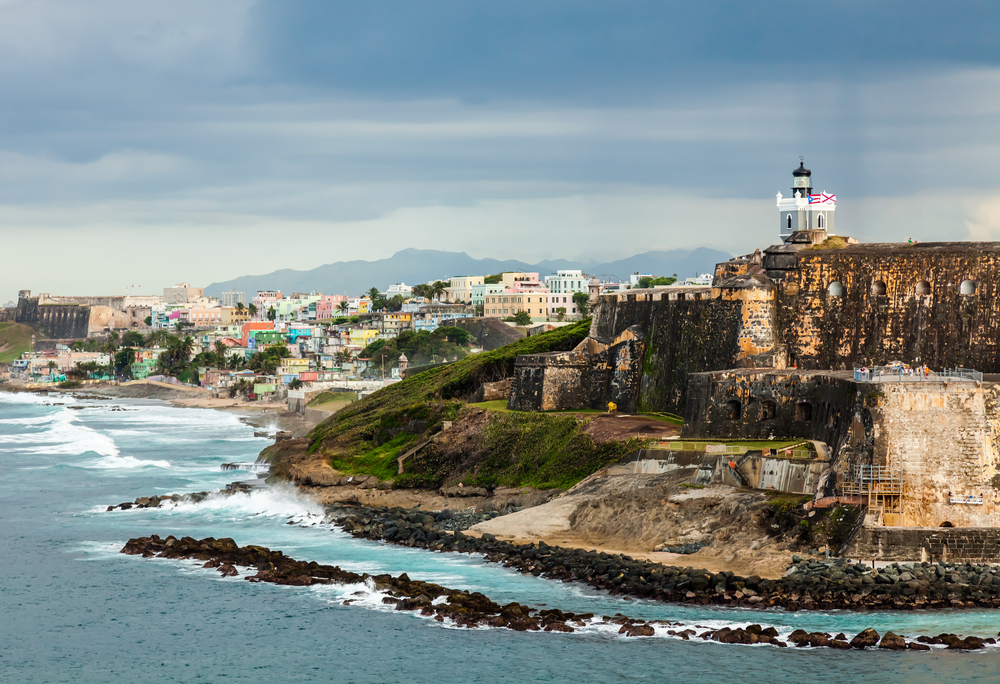 calend.ru/holidays/0/0/2395/
calend.ru/holidays/0/0/2395/
June 24
“John the Baptist” (Painting by El Greco, around 1600 , )
San Juan Bautista (Fiesta de San Juan Bautista) is held annually in the town of Otavalo (Ecuador). It represents ritual actions performed in honor of Mother Earth (Pachamama), during which the city is literally buried in the noise of the holiday.
The feast of San Juan Bautista is very ancient, according to some estimates, it originates even before the era of the Inca Empire, that is, before the 11th century AD. In terms of content, San Juan Bautista is similar to the Slavic holiday of Ivan Kupala.
Like a Slavic holiday, the Ecuadorian festival celebrates the day of the summer solstice, and is associated with the Nativity of John the Baptist with a modern date. San Juan – Saint John.
The main heroes of the holiday are local men. They dress in women’s dresses, skirts, and various other costumes, some of which are quite amazing.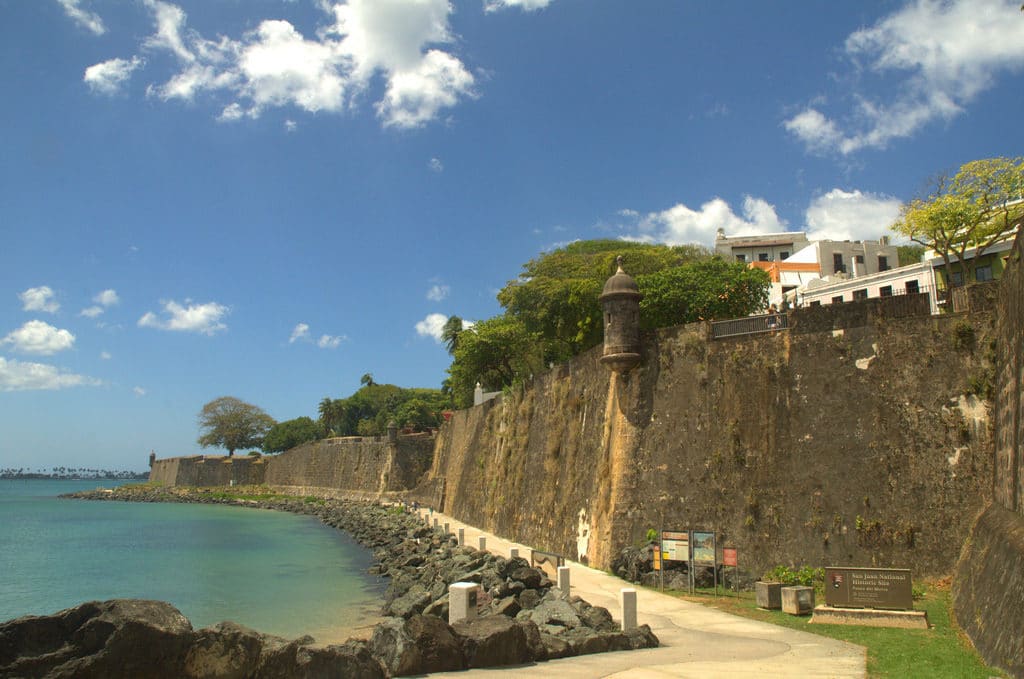 In these robes, men begin to walk along the streets and dance, moving from one house to another. The dance ends when the procession reaches the San Juan Chapel. One of the spectacular episodes of the holiday are the battles imitating ancient battles.
In these robes, men begin to walk along the streets and dance, moving from one house to another. The dance ends when the procession reaches the San Juan Chapel. One of the spectacular episodes of the holiday are the battles imitating ancient battles.
Other holidays in the section
“Festivities of Ecuador”
Days of memory of saints and great martyrs
December 17 Memorial Day of the Holy Great Martyr Barbara
all-honorable.” On December 17, the Orthodox world celebrates the day of remembrance of the Holy Great Martyr Barbara, who suffered suffering in 306 during the reign of Emperor Maximian. The Holy Great Martyr Barbara was born in the city of Iliopol, into a noble pagan family. She was the only daughter of one…
January 2 Memorial Day of St. John of Kronstadt
Saint Righteous John of Kronstadt was born in 1829 in the family of a poor clerk, Ilia Mikhailovich and Theodora Vlasyevna Sergiyev, in the village of Sura, Pinezhsky district, Arkhangelsk province.
 His grandfather and other ancestors in his father’s family were priests for 350 years. The boy was in poor health, often sick. The mother prayed for a long time for her son, and Vanya, seeing the praying mother, himself learned a deep soulful prayer…
His grandfather and other ancestors in his father’s family were priests for 350 years. The boy was in poor health, often sick. The mother prayed for a long time for her son, and Vanya, seeing the praying mother, himself learned a deep soulful prayer…
See all related holidays from the section
“Days of memory of saints and great martyrs”
Registration Log in
Registration mail
Login
only latin and characters “-“, “_”; at least 4 characters
Password Again
By clicking the “Register” button, you agree to the policy
site privacy
Authorization Login
Password
Remember me
Forgot your password?
(EN) San Juan Festival in Alicante 2019: holiday program
Share:
The San Juan Festival in Alicante is one of the brightest festivals in Spain, with which the people of the country traditionally celebrate the arrival of summer. And this meeting is very noisy and fun: fireworks, colorful processions, concerts, fairs, feasts and, of course, bonfires on the beach. On the Costa Blanca, in particular in Torrevieja and Alicante, this is one of the most beloved holidays. San Juan is in many ways similar to the famous Valencian Fallas.
And this meeting is very noisy and fun: fireworks, colorful processions, concerts, fairs, feasts and, of course, bonfires on the beach. On the Costa Blanca, in particular in Torrevieja and Alicante, this is one of the most beloved holidays. San Juan is in many ways similar to the famous Valencian Fallas.
The festivities last for several days and end on the night of June 23-24 (the shortest night of the year) with the burning of gigantic compositions composed of figures (ninot) made by hand especially for the holiday. Compositions are “children’s” and “adults”.
The history of the holiday is rooted in deep pagan antiquity. San Juan is a fire festival, which is why fireworks and huge bonfires are its main characters. The bonfires kindled on this holiday, according to legend, help the sun gain more strength in order to generously give warmth to the earth. And the ancients believed that the flame has a cleansing power and helps to expel evil spirits, and indeed all negative energy from life. And if we add more noise, fun and boisterous laughter to the purifying power of fire, then evil spirits hostile to humans will have no chance at all.
And if we add more noise, fun and boisterous laughter to the purifying power of fire, then evil spirits hostile to humans will have no chance at all.
Many people use San Juan to burn old things – as a symbol of cleansing from everything unnecessary and unpleasant. Bathing is another indispensable attribute of the San Juan holiday, as is jumping over a fire. The main treat of the holiday is the “coca” pie, symbolizing the sun. You will taste a piece – and happiness for the whole year is guaranteed!
Would you like to see with your own eyes how the main summer holiday on the Costa Blanca is celebrated? We have prepared for you a schedule of festivities in Torrevieja and Alicante from 18 to 24 June.
Watch the video San Juan Festival on the Costa Blanca:
San Juan in Alicante 2019: full program
One of the main acts of the San Juan Festival in Alicante is mascletá – a pyrotechnic show with an explosion of fireworks and firecrackers. The official website of Alicante says that this year 13 mascletá will be held during the holidays, with 10 of them taking place as part of the official competition from June 15 to 24.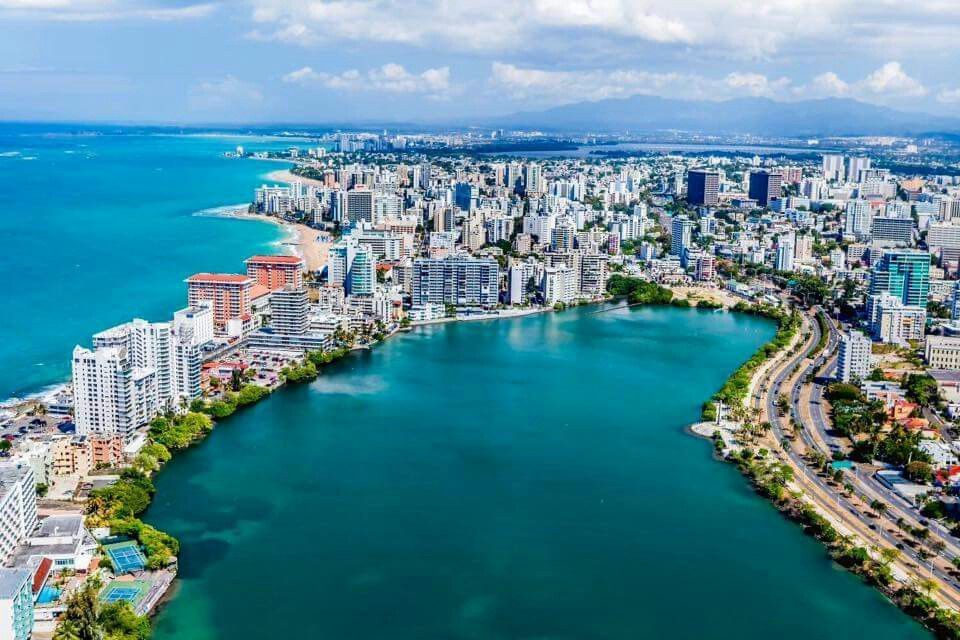 And five more mascleta will be held as part of the international fireworks competition from 25 to 29June inclusive. Pyrotechnic shows will take place on Playa del Cocó at midnight.
And five more mascleta will be held as part of the international fireworks competition from 25 to 29June inclusive. Pyrotechnic shows will take place on Playa del Cocó at midnight.
Tuesday, June 18
- 14.00 – Mascletá as part of the competition from the pyrotechnic workshop Piromart (Gran Canaria) in Plaza de Los Luceros.
Wednesday, June 19
- 14.00 – Mascletá as part of the competition from the pyrotechnic workshop Fuegos Artificiales del Mediterráneo (Valencia) at Plaza de Los Luceros.
- 00:00 – Installation (plantà) of children’s compositions and “Ninots de Carrer” – small compositions on the streets of the city.
Thursday, June 20
- 14.00 – Mascletá as part of the competition from the pyrotechnic workshop Coeters Dragón (Villena) in Plaza de Los Luceros.
- 17.00 – announcement of the winner in the nomination “Children’s composition” and “Ninots de Carrer”.

- 22.00 – festivities.
- 23.45 Night mascletá ‘La lengua del dragón’ (Dragon’s tongue) on the dragon ring on Bulevar del Pla.
- 00:00 Installation (plantà) of “adult” compositions and treats to “coca” pie.
Friday, June 21
- 08:00 – Despertá – procession through the streets of the city with music and explosion of firecrackers.
- 12:00 Honoring the memory of Gabriel Miró at the Plaza Gabriel Miró.
- 13.00 Commemoration of José María Pi on Calle José María Py.
- 14.00 – Mascletá within the framework of the competition from the pyrotechnic workshop Ferrández (Alicante) in Plaza de Los Luceros.
- 17.00 Announcement of the winner in the nomination “Adult composition”.
- 19.00 Flower offering to the patron saint of Alicante. Procession program: Plaza de los Luceros, Alfonso El Sabio, Rambla de Méndez Núñez, Calle San José and Plaza de Abad Penalva to Concatedral de San Nicolás.

- 22.00 Folk festivals.
Saturday, June 22
- 08:00 – Despertá.
- 11.00 – Procession through the streets of the city (Plaza del Ayuntamiento, Rafael Altamira and Rambla de Méndez Núñez to Portal de Elche).
- 14.00 – Mascletá within the framework of the competition from the fireworks workshop Martí (Castellón) in Plaza de Los Luceros.
- 19.00 – Flower offering to the patron saint of the city. Procession program: see above.
- 22.00 – Folk festivals.
Sunday 23 June
- 08:00 – Despertá.
- 12.00 – Presentation of awards and flower offering at the Mercadito de Fogueres.
- 14.00 – Mascletá within the framework of the competition from the pyrotechnic workshop Fuegos Artificiales Hermanos Ferrández (Murcia) at Plaza de Los Luceros. 20.00 – International Folklore
- procession (Plaza de los Luceros, Alfonso El Sabio, Rambla de Méndez Núñez, Calle Altamira and Plaza del Ayuntamiento).

- 22.00 – Folk festivals.
Monday 24 June
- 08:00 – Despertá.
- 14.00 – Mascletá within the framework of the competition from the pyrotechnic workshop Hermanos Sirvent (Alicante) in Plaza de Los Luceros.
- 20.00 – Official mass in the Cathedral of San Nicolás de Bari.
- 00:00 Fireworks on Mount Benacantil and burning of the main composition in the square next to the City Hall. Then – the burning of the remaining compositions in different parts of the city.
San Juan in Torrevieja 2019: full program
All major events take place on Calle San José.
Tuesday, June 18
Installing giant compositions of “ninot” figures on the streets of the city. This act is called “la plantá”.
- 22.00 – Lighting of the festive illuminations 22.
 30 – Gala dinner in honor of la plantá.
30 – Gala dinner in honor of la plantá.
Wednesday, June 19
- 17.30 – games and attractions for children.
- 19.30 – performance of the dance school “Soul Dance”
- 21.30 – drawing of prizes. “Mona” (cupcake) with hot chocolate.
Thursday, June 20
- 17.30 – games and attractions for children.
- 18.30 – drawing of prizes.
Friday, June 21
- 17.30 – games, attractions and afternoon tea for children.
- 18.30 – drawing of prizes for children.
- 19.30 – performance of the dance school “Lola Morales y Arantxa Blanco”.
- 21.30 – prize draw.
- 23.00 – concert DRAG IMPERIO – Disco Móvil RAFAEL.
Saturday, June 22
Flower offering to the patron saint of Alicante.
- 14.00 – Gran traca – blast firecrackers, after which everyone can taste paella for only € 2 per serving.

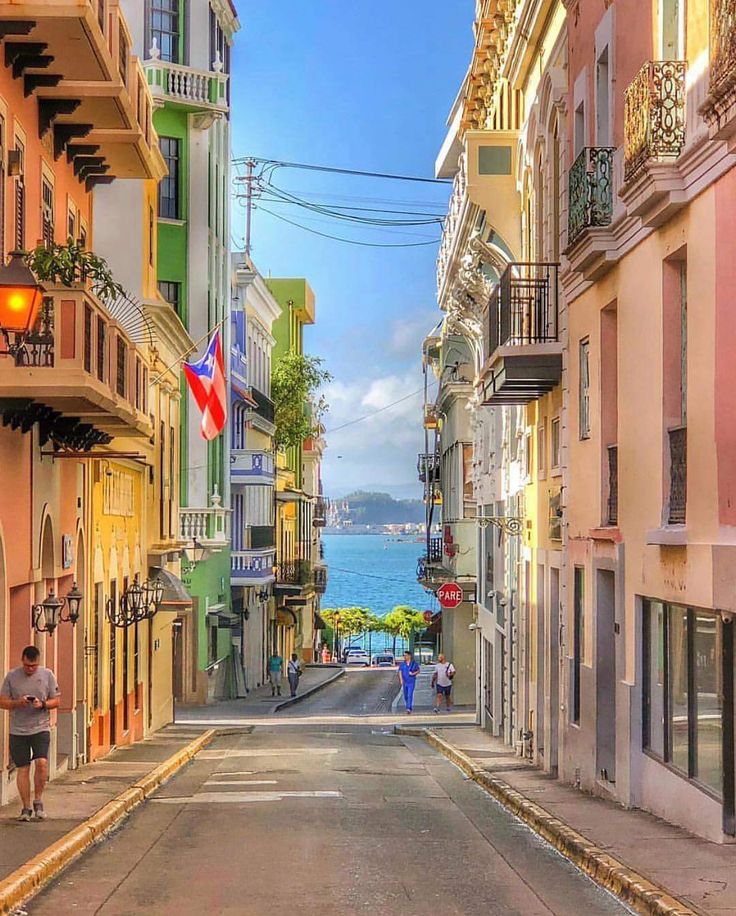 The second floors and balconies were built from the 17th century onwards.
The second floors and balconies were built from the 17th century onwards. His grandfather and other ancestors in his father’s family were priests for 350 years. The boy was in poor health, often sick. The mother prayed for a long time for her son, and Vanya, seeing the praying mother, himself learned a deep soulful prayer…
His grandfather and other ancestors in his father’s family were priests for 350 years. The boy was in poor health, often sick. The mother prayed for a long time for her son, and Vanya, seeing the praying mother, himself learned a deep soulful prayer…
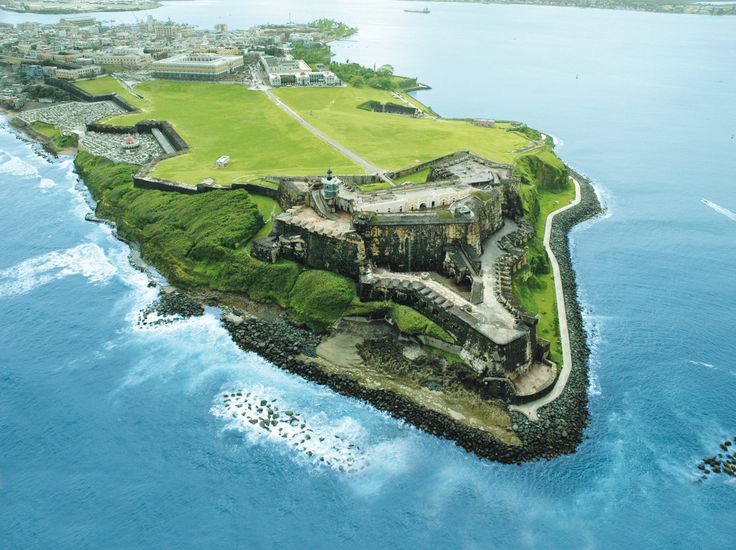
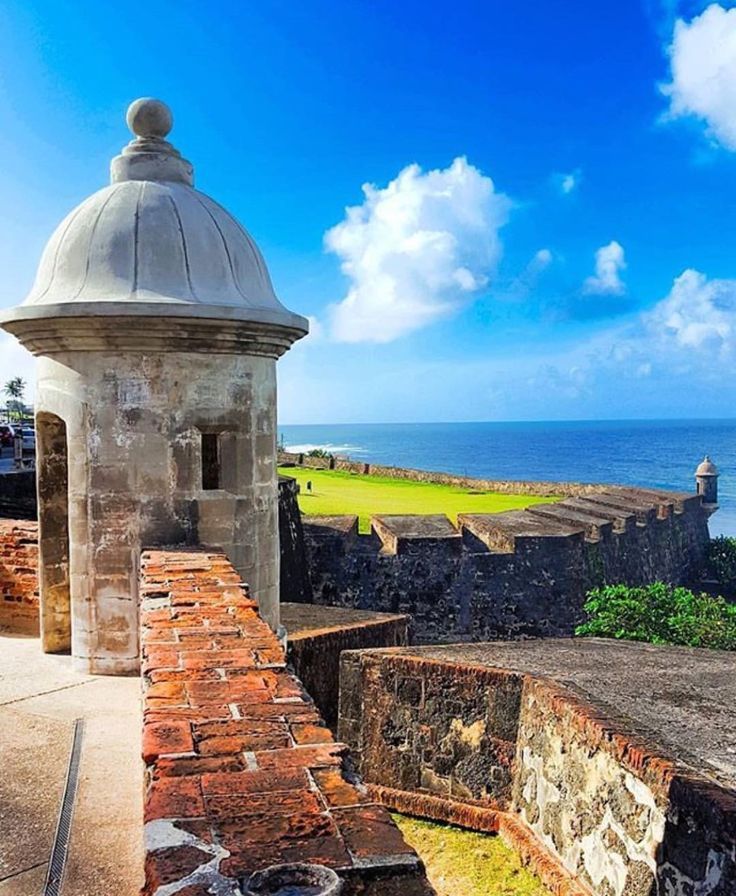
 30 – Gala dinner in honor of la plantá.
30 – Gala dinner in honor of la plantá.